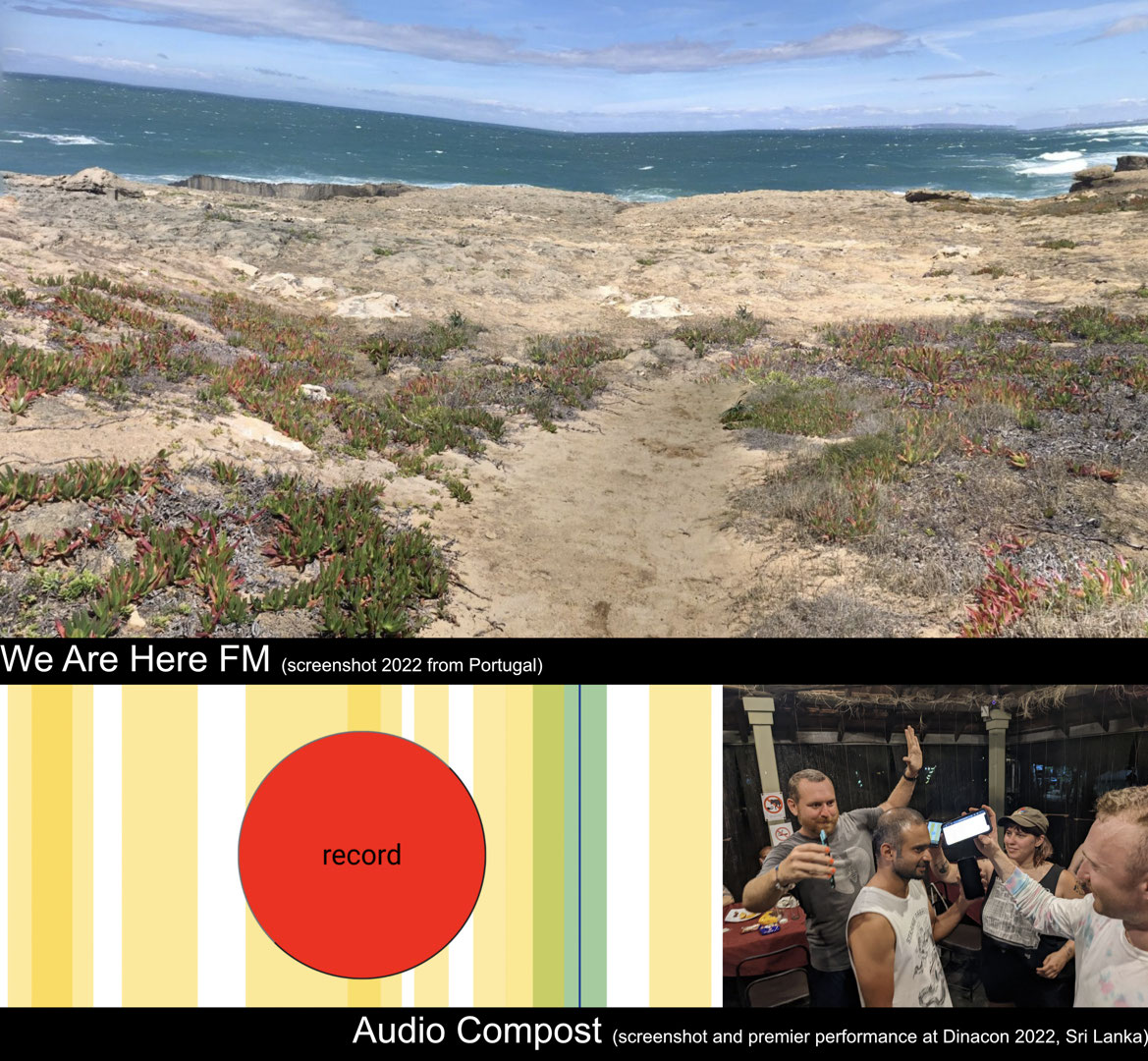Malte Steiner (aka Notstandskomitee)
Malte Steiner (aka Notstandskomitee) performs the first concert with his new open source live coding system Gravel. A first beta of the software will be out during Piksel, latest by the end of this year. It offers synthesized and sampled instruments controlled by the expressive Gravel language which can generate complex evolving patterns with little code. The sound engine is backed by Csound which is compiled into Gravel as a library.
Malte Steiner (born 1970) is a German media artist, electronic musician and composer. He started creating electronic music and visual art around 1983, developing his own vision of the interdisciplinary Gesamtkunstwerk. First exhibitions already in 1983. In 1986 Steiner took a course in electro-acoustic music in Lüneburg by H.W. Erdmann and gave his first concerts in the following years, e. g. in Germany, France and Belgium, and started 1987 to release his music on cassette, later on vinyl, CD and online.
In 1998 he began to create electronic art and installations and additionally in 2003 several netart projects including a collaborative visual networking environment, shown in the Java museum in Sofia, Bulgaria.
Besides diverse music projects Steiner is also involved in several open source projects and has done lectures, radio features and workshops. Artist-In-Residency i.E. in Open City (La Ciudad Abierta) Of Ritoque, Chile 2011 or together with Tina Mariane Krogh Madsen in Ii, Finland 2018.
2018 he relocated to Aalborg, Denmark and started in 2019 with the work on the new art project The Big Crash, art for the pending burst of the real estate bubble, reflecting on the housing crisis and gentrification. Art pieces are based on data which a software by Steiner harvest from online real estate ads. For instance images were segmented with the help of a Machine Learning algorithm and the resulting fragments were used for actual 3D printed objects but also in VR. Physical exhibitions of The Big Crash have been in Aarhus and Aalborg, Denmark and Bergen, Norway. The VR part has been shown i.E. at the Sound Campus exhibition of Kunstuniversität Linz at Ars Electronica 2020, at the ICMC 2021 conference, in the digital section of KP22 exhibition Aarhus 2022 and Rencontres Internationales Paris 2022.
Also in 2019 he started the conceptional phase of the project absolute power, macht + ohnmacht and painted first paintings. This project reflects on power structures and their mechanisms in politics and society.


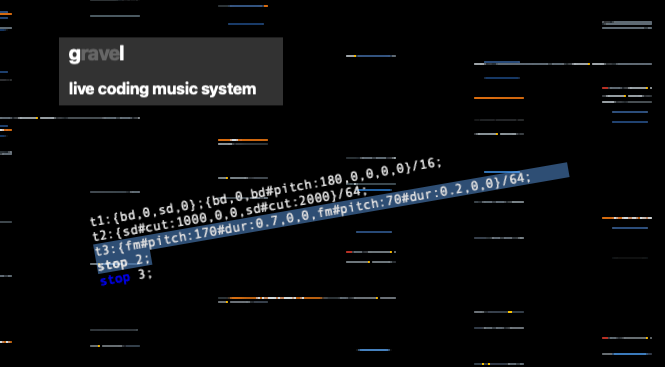
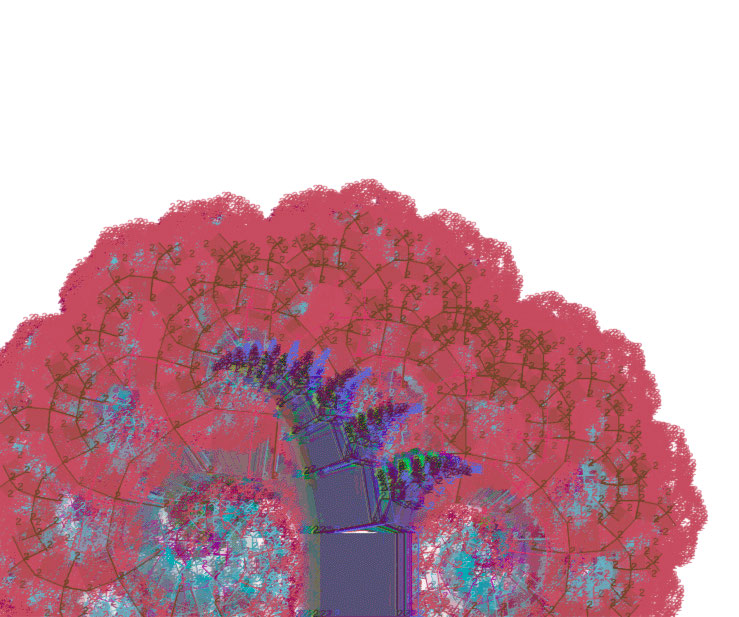

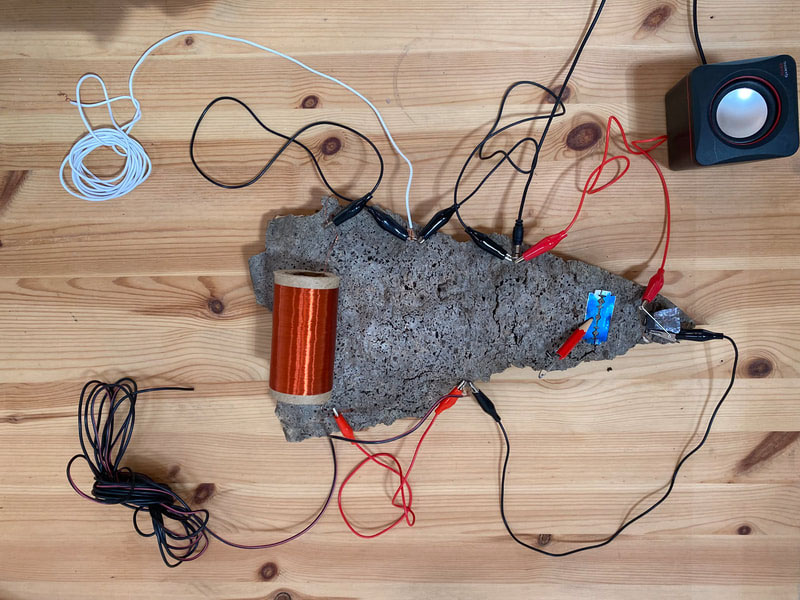
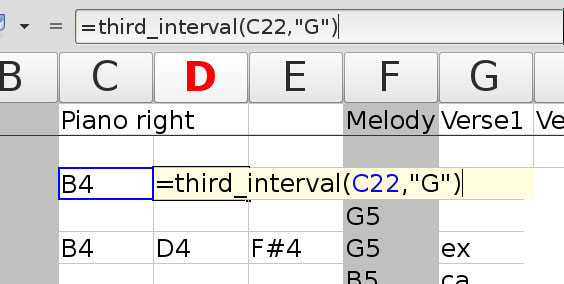
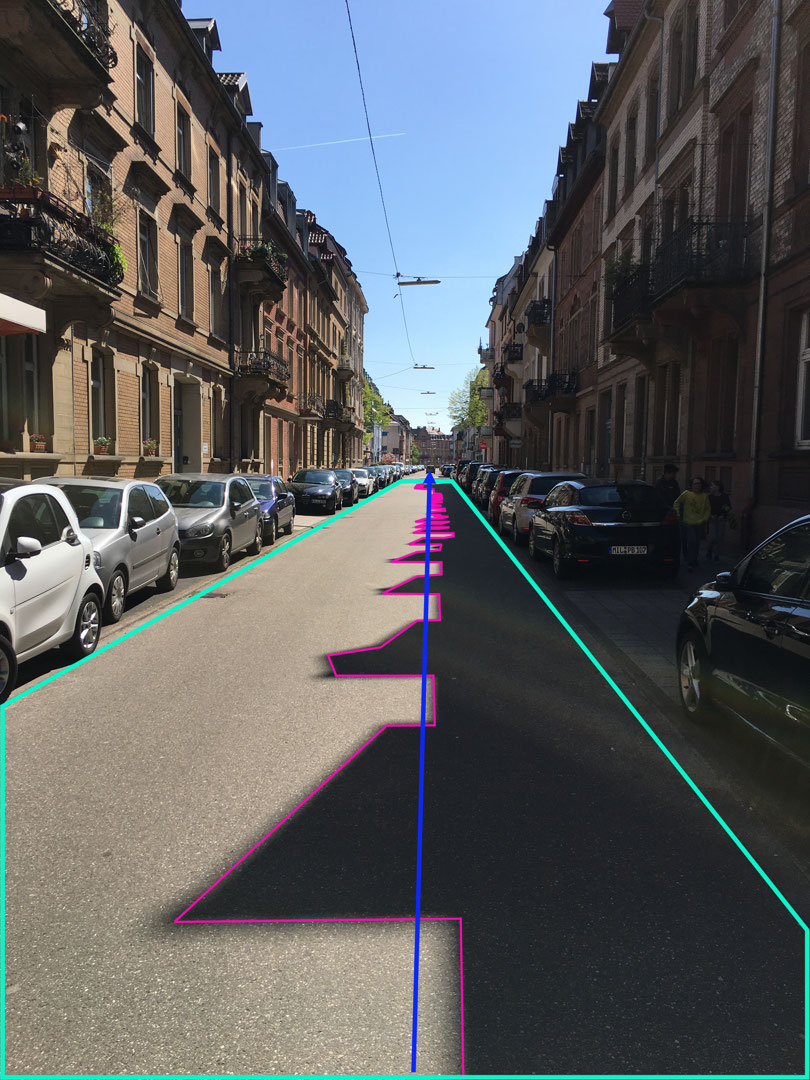
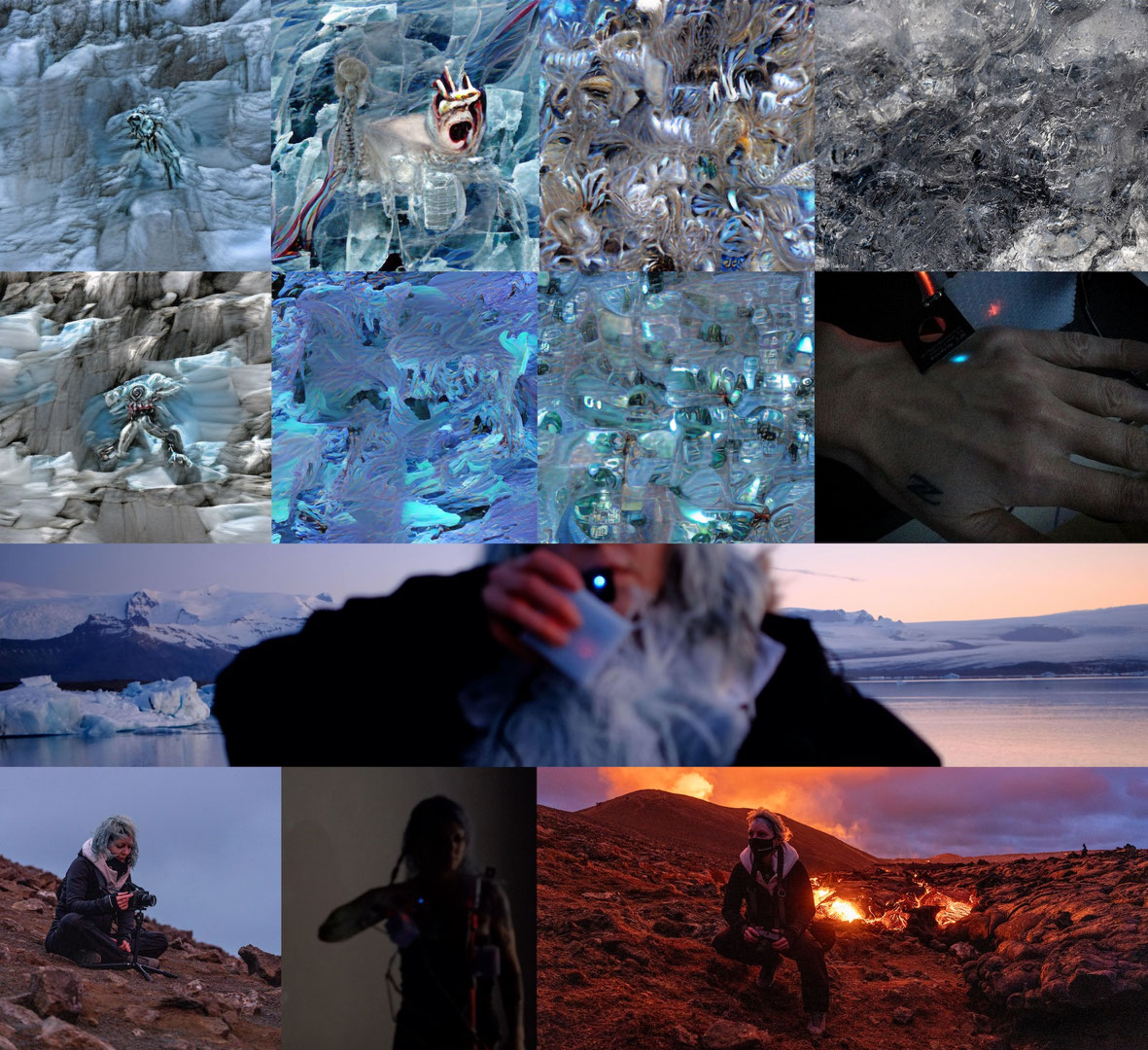
![What to make [electronic] art about in 2022 and beyond?](https://22.piksel.no/wp-content/uploads/sites/12/2022/11/portrait2021-scaled.jpg)



